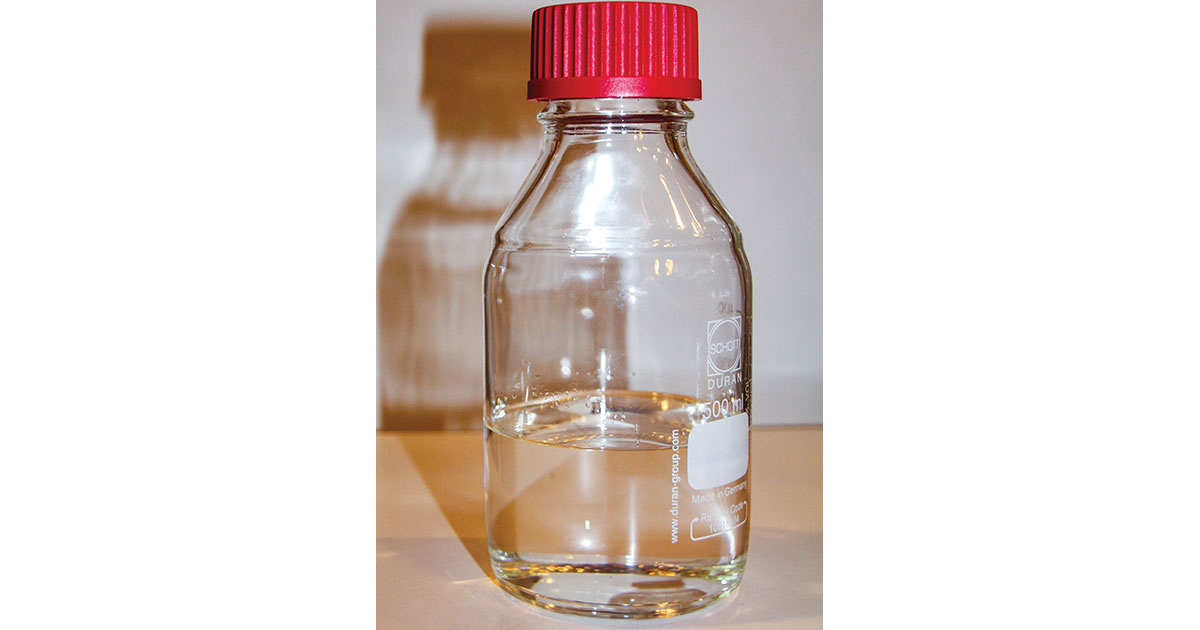Advertisement
Grab your lab coat. Let's get started
Welcome!
Welcome!
Create an account below to get 6 C&EN articles per month, receive newsletters and more - all free.
It seems this is your first time logging in online. Please enter the following information to continue.
As an ACS member you automatically get access to this site. All we need is few more details to create your reading experience.
Not you? Sign in with a different account.
Not you? Sign in with a different account.
ERROR 1
ERROR 1
ERROR 2
ERROR 2
ERROR 2
ERROR 2
ERROR 2
Password and Confirm password must match.
If you have an ACS member number, please enter it here so we can link this account to your membership. (optional)
ERROR 2
ACS values your privacy. By submitting your information, you are gaining access to C&EN and subscribing to our weekly newsletter. We use the information you provide to make your reading experience better, and we will never sell your data to third party members.
Policy
Further Dioxin Delays Sought
Hazard Assessment: ACC asks agency to revise TCDD document due to newly passed legislation
by Cheryl Hogue
December 21, 2011
In light of just-passed federal legislation, a chemical industry group is asking the Environmental Protection Agency to change course on its assessment of the most potent form of dioxin, a pollutant that causes cancer and is linked to reproductive problems. Such a move by the agency could drag out completion of the assessment, which has been underway for 20 years.
The American Chemistry Council, a trade association, asked EPA in a Dec. 20 letter to delay release of the hazard assessment for 2,3,7,8-dibenzo-p-dioxin (TCDD). Before it issues the document, ACC says, the agency should explain how the document hews to recent recommendations by the National Research Council.
In April, NRC included a number of recommendations for EPA to improve its assessments of chemicals as part of a report criticizing the agency’s draft document on the hazards of formaldehyde (C&EN, April 18, page 10). EPA began implementing those recommendations in July (C&EN, July 18, page 10).
Now, language in the final fiscal 2012 appropriations spending measure (H.R. 2055) that Congress passed last week instructs EPA to document how the NRC recommendations have been implemented for each draft chemical assessment it releases in 2012. The legislation also requires the agency to provide an explanation for any recommendation it does not follow. President Barack Obama is expected to sign the spending measure into law soon.
The letter from ACC President and CEO Calvin M. Dooley asks agency Administrator Lisa P. Jackson to reverse course on an EPA strategy, unveiled in August, to get the long-pending document finished (C&EN, Sept. 5, page 15). The agency announced it would issue the TCDD assessment in two parts.
One will analyze the adverse noncancer health effects, such as reproductive problems, from exposure to TCDD. This part is nearly finished, and EPA has said it would release this section by the end of January 2012.
The second, more scientifically complicated part of the assessment will examine the cancer hazards of TCDD exposure and will be released “as quickly as possible,” the agency has said.
EPA’s plan to finalize the TCDD document in stages is counter to NRC’s recommendation that the agency’s chemical assessments evaluate all relevant health endpoints, Dooley’s letter argues. Bifurcating the assessment could prompt the agency to revise cleanup guidance based on TCDD’s noncancer effects—then revise them again later based on carcinogenicity concerns, explains association spokesman Scott Jensen.
“It is incumbent on EPA to fully explain” how the final TCDD assessment comports with the NRC recommendations, Dooley writes. Although the legislation specifies that this provision applies to releases of draft assessments, ACC believes this provision should apply to all such documents that are now in draft form, including the TCDD assessment, Jensen says.
But there’s nothing wrong with the agency making part of the TCDD hazard information available to the public, says Stephen Lester, science director for the activist group Center for Health, Environment & Justice “ACC is just scared that this information will become finalized and people can then utilize it,” he tells C&EN.
When finalized, the assessment will guide federal and state regulators in setting cleanup requirements for areas polluted with TCDD, polychlorinated biphenyls (PCBs), or related chlorinated and brominated dioxins and furans.
EPA did not respond to request for comment by C&EN’s deadline.





Join the conversation
Contact the reporter
Submit a Letter to the Editor for publication
Engage with us on Twitter